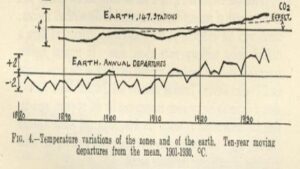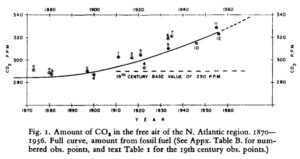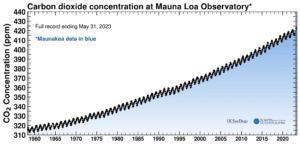Whether keeping global warming within 2 degrees or cutting your household carbon footprint, targets require measurement and measurement benefits greatly from common standards so that assessments can be compared and we can be sure we are measuring like-for-like.
In this post we will demystify the array of international standards that matter for carbon assessment. But first, a little history:
The Beginnings of GHG Measurement
200 years ago in 1824 French mathematician Jean-Baptiste Fourier first proposed that the Earths atmosphere traps heat from the sun. 70 years later in 1896, Swedish physicist Svante Arrhenius identified Carbon Dioxide (CO2) to be the critical ingredient in trapping heat and that human industrial activity was the main source of new CO2 into the atmosphere. Between the 1930s and 1950s British engineer Guy Stewart Callendar compiled and analyzed global temperature and CO2 data to establish the first measurable correlation between the two. In 1958 American scientist Charles David Keeling began a daily observation of CO2 in the atmosphere at the Mauna Loa Observatory in Hawaii. The resulting graph called the Keeling Curve helped to conceptualise and raise awareness of the impact of CO2. The Keeling Curve continues to be measured to this day and provides the most widely recognised measurement of atmospheric CO2.





Establishing a Global Framework for Greenhouse Gas Assessment
The International Panel on Climate Change (IPCC) was established in 1988 by the UN and World Meteorological Organization (WMO). It continues to play a central role in assessing and synthesizing climate science, publishing comprehensive reports and methodologies for global use. This has included increasingly advanced climate models and detailed estimates for the warming potential of a wide range of different ‘green house gases’ (GHGs), including CO2. GHGs can be converted to CO2 equivalent (CO2e) to allow an accurate consolidation of all GHGs in a given process.
The GHG Protocol was launched in 2001, creating a standard for corporations to measure their GHG emissions. It established the Scope 1, 2 & 3 approach to measurement, enabling a clear framework for understanding emissions attributable to the internal operations of an organization; an individual product; and the value chain associated with either.
The IPCC published guidelines for measuring National Level GHG emissions or removals of CO2e from the atmosphere in 2006 (updated in 2019). These guidelines are a standard approach for countries to measure the CO2e emissions occurring within their borders in a comparable format.
These efforts have been codified within the International Standards Organization (ISO) to form part of the widely accepted ISO standards framework covering pretty much any type of activity.
Both the ISO family of standards and the GHG Protocol have a methodology for assessing the emissions and climate impact of products.
So what standard do I need?
The ISO and GHG standards cover similar topics and are in many cases interchangeable. Each includes a distinct methodology for assessment at the Organization, Project and Product Level. The box below is designed to demystify the range of standards in this area and help you to identify what is relevant for your business or organization or product.
Differences and Similarities of ISO Standard and GHG Protocol
The ISO 14064 and related standards are relatively high-level and concise, focusing on the requirements and specifications for GHG quantification, monitoring, reporting, and verification.
The GHG Protocol – is a comprehensive and detailed standard with numerous tools and sector specific guidance that covers all aspects of GHG accounting and management.
The GHG Protocol and ISO standards are aligned and complementary.
They each follow principles of relevance, completeness, consistency, transparency, and accuracy, and follow the same steps of planning, identifying, calculating, reporting, and verifying GHG emissions and removals. They use the same units of measurement (CO2e) and refer to the same measurement datasets. Each provides separate methodology for Organization, Project and Product levels.
Being older, more widely embedded in existing practices and with numerous associated tools, the GHG Protocol is more often referenced by voluntary reporting programmes and for sector specific assessment approaches. The ISO standard is widely recognised and commonly accepted by accreditation and regulatory bodies. Often carbon accountants will use tools and methodologies that are built on the GHG Protocol to identify and calculate emissions and then ISO14064 to report and verify them.
Both standards are designed to assure the process of carbon accounting, not the outcomes of an assessment. The outcomes and impact of the process are dependent on the quality of the reporting and the implementation of assessment recommendations.
List of Carbon Assessment Standards and Use Cases
Organization-Level GHG Reporting
For assessing the GHG impact of all activities within a institutional boundary. For corporations of all sizes, government and non-governmental bodies.
ISO14064-1:2018 – Principles and Guidance for GHG Emissions Assessment at Organization Level
GHG Protocol Corporate Standard (Scopes 1 & 2) and Corporate Value Chain (Scope 3)
Product-Level GHG Reporting
For assessing the carbon footprint per unit of a specific product. It is aligned with a Life Cycle Assessment (LCA) which measures carbon as well as a wider range of environmental impacts.
ISO14067:2018 – Product Level GHG Emissions Assessment
GHG Protocol Product Standard – Product Level GHG Assessment
Independent validation of GHG Reports
For independent validating agencies who assure the quality and accuracy of organizational, project or product level claims.
Related Standards Supporting GHG Carbon Markets
Carbon Neutral Reporting
For organizations wishing to validate claims of offsetting unavoidable emissions by purchasing carbon credits.
PAS2060 – A standard for transparently declaring and validating a Carbon Neutral claim for either an Organization or Product
VCMI Claims Code of Practice (New) – Guidelines for organisational reporting with an emphasis on the quality and integrity of carbon offset claims.
GHG Reduction and Removal Project Accounting Standard
For quantifying, monitoring and reporting the carbon reduction or removal caused by a specific project.
ISO14064-2:2018 – Project level GHG Assessment
GHG Protocol Project Protocol – Project level GHG Assessment
National or Regional Carbon Accounting
For Governments at various levels to account for aggregate carbon emissions and assess the potential impact of new policies.
National Accounts – IPCC Guidelines for National GHG Inventories (2019)
Cities – GHG Protocol for Cities
Public Policies – GHG Protocol Policy and Action Standard




